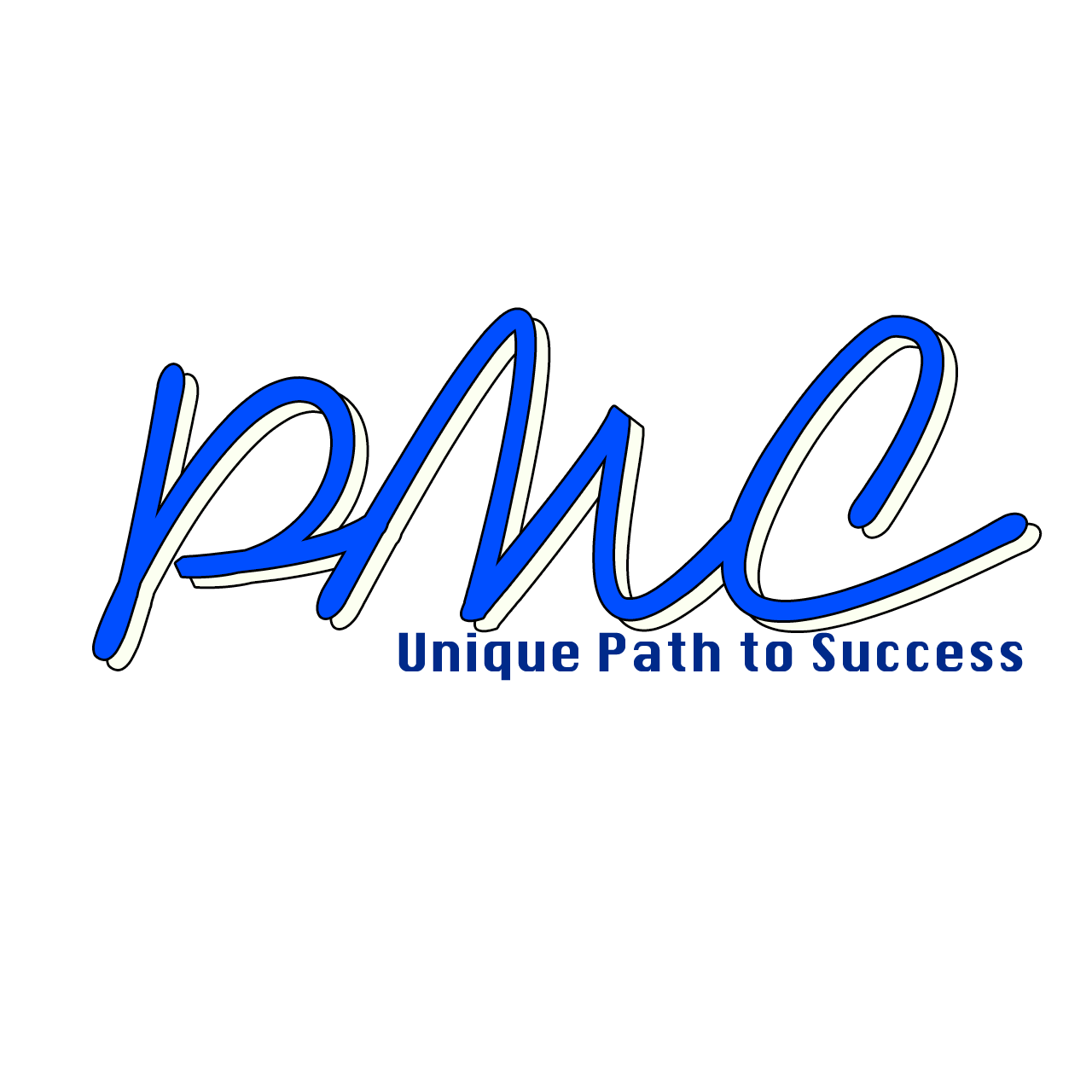Aluminum Plate A5083
Introducing A5083 H116 Aluminum Alloy Plates: The Ultimate Material for the Shipbuilding Industry
In the competitive and ever-evolving world of shipbuilding, the use of advanced materials is crucial for constructing safe, efficient, and long-lasting vessels. Among the numerous options available for shipbuilding materials, Aluminum alloy plates A5083 H116 have emerged as the ultimate choice for their exceptional combination of strength, corrosion resistance, and light-weight properties. In this article, we will delve into physical properties that make A5083 H116 aluminum alloy plates the ideal material for the shipbuilding industry.
Chemical Properties:
A5083 H116 aluminum alloy plates are composed of a combination of aluminum, magnesium, and manganese, which gives this material a unique set of attributes. The chemical composition of A5083 H116 is as follows:
1. Aluminum (Al): Balance
2. Magnesium (Mg): 4.0 – 4.9%
3. Manganese (Mn): 0.40 – 1.0%
4. Silicon (Si): Max. 0.40%
5. Iron (Fe): Max. 0.40%
6. Copper (Cu): Max. 0.10%
7. Chromium (Cr): 0.05 – 0.25%
8. Zinc (Zn): Max. 0.25%
9. Titanium (Ti): Max. 0.15%
The unique blend of these elements gives A5083 H116 aluminum alloy plates an excellent combination of strength, corrosion-resistance, and weldability- characteristics that are critical for marine applications.
Physical Properties:
A5083 H116 aluminum alloy plates possess several physical properties that make them ideal for shipbuilding:
1. Density: With a density of approximately 2.66 g/cm³, A5083 H116 plates are considerably lighter than steel, thereby allowing shipbuilders to construct vessels with lower displacement and increased fuel efficiency.
2. Tensile Strength: The alloy offers exceptional tensile strength, ranging from 310 MPa to 365 MPa. This allows the construction of robust and durable ships that can withstand harsh marine environments.
3. Yield Strength: A5083 H116 plates also exhibit high yield strengths, varying from 220 MPa to 280 MPa. The yield strength indicates the stress at which a permanent deformation occurs in the material, and a higher yield strength signifies better resistance to structural damage.
4. Elongation: With an elongation range of 10% to 14%, A5083 H116 demonstrates excellent ductility and pliability, which allows the material to be easily shaped and formed during the shipbuilding process.
5. Corrosion Resistance: A5083 H116 aluminum alloy plates exhibit outstanding resistance to corrosion, especially in seawater and other marine environments. This is due to their high magnesium content, which forms a protective oxide layer on the surface of the material, shielding it from the corrosive effects of saltwater.
6. Weldability: A5083 H116 plates can be easily welded using both gas tungsten arc welding (GTAW) and gas metal arc welding (GMAW) techniques, ensuring seamless and secure connections during the shipbuilding process.
In conclusion, A5083 H116 aluminum alloy plates offer a range of chemical and physical properties that make them the ultimate material for shipbuilding applications. Their combination of strength, corrosion resistance, light-weight nature, and weldability allows shipbuilders to construct robust, fuel-efficient, and long-lasting vessels ideally suited for the marine environment. With growing demands for sustainable and high-quality ships, A5083 H116 will continue to be the preferred choice among shipbuilders worldwide.


